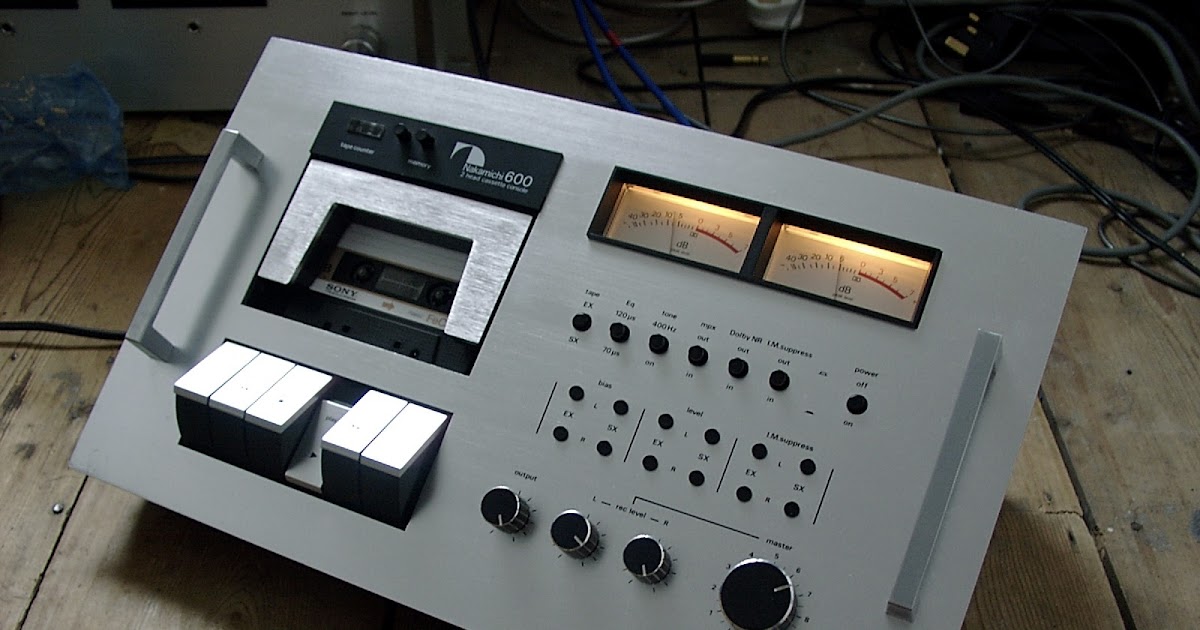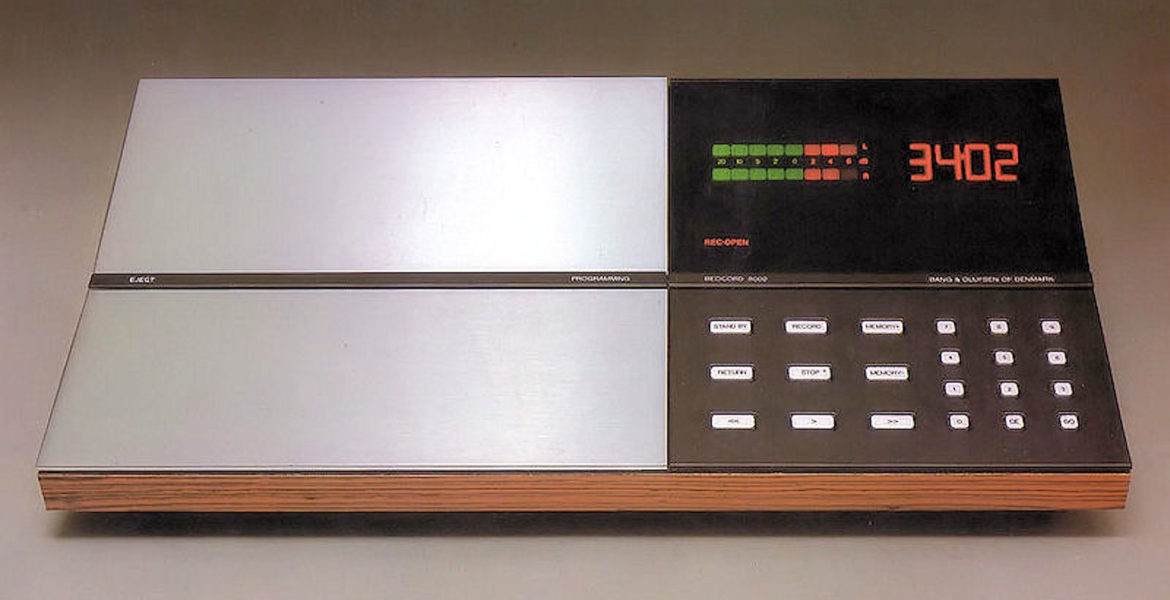A design can be exactly right on occasion. When a designer adds just the right amount of features and quality, then wraps it all up in a properly styled package, he or she has achieved perfection. The Sony TC-229SD cassette deck from 1977 was a perfect example of this. The TC-229SD was a fine recorder in its own right and went on to be the basis for Sony’s two top models as the 1970s drew to a close. It was mostly remembered for its outward similarity to the failed Elcaset models EL-5 and EL-7, but it was a fine recorder in its own right and went on to be the basis for Sony’s two top models as the decade drew to a close. These were the TC-K7B (which was virtually the same) and the TC-K8B, which added unusual LCD peak programme metres, as seen on the TC-K60 and a few other models.
Cassettes were designed to be small and light, yet the TC-229SD is a massive, hefty machine. Even so, the design is appealing due to the attention to detail and the high quality of the finish; Sony is known for doing this well, and there are a few extra treats here; the knobs, for example, are machined from solid aluminium, and the tape transport controls are tiny keys that command a solenoid-operated deck. These keys appear to be basic, but they are among the best controls any cassette player has ever had. Each is damped by a silicone membrane beneath it, and the logic of the circuitry fully mimics the operation of a traditional mechanical transport; for example, to start a recording, press and hold ‘record’ then push ‘play.’ There’s even a type of recording known as ‘punch-in,’ in which the machine switches from playing to recording without halting the tape.
The transport mechanism, however, is what gives the TC-229SD its shape. To assure speed stability, Sony’s engineers gratefully abandoned the unreliable dual capstan configuration of previous top models in favour of a larger flywheel. This was paired with a FG servo motor (at the time, the most accurate of the numerous types available) to provide a drive with a stated wow and flutter number of 0.06 percent WRMS. Only two heads were installed, however the record/playback one was Sony’s proprietary ‘F&F’ ferrite type, which is visible at the bottom of the exceptionally large cassette viewing window due to its mirror black finish. This is effectively wear-proof, with a claimed life of twenty times that of ordinary sorts, implying that you will never have to worry about it. The winding functions on the TC-229SD deck were handled by a second motor, which made finding a certain track on a cassette quick and quiet.
The TC-229SD is a joy to use because of the effort that has clearly gone into the design and the quality of its implementation. They were designed to work with Sony’s Ferrichrome tapes, but as these are no longer available, it’s best to re-calibrate the machine for something like contemporary TDK SA, which is a simple operation because to the wide range of internal presets. The TC-229SD delivers bright and steady recordings set upon a vast sound stage when set up and biassed to the manufacturer’s requirements; a good one should run a mid-range reel to reel (such as Sony’s TC-399) near in sound quality terms. Pitch stability is great, and it appears that rotating mass is the only way to go.
Because the ballistics of VU metres are lazy, it’s preferable to only let them reach up to -5dB on the scales with Type II cassettes, and make sure the ‘peak’ indicator doesn’t light. With ferrics, the issue is different; if your choice of tape is up to it, you can go all the way up to the red sector and still get clean results; TDK AD, BASF LH-E1, and Sony HF are all fine choices if the machine’s setup suits them. The upper frequency limit of the first generation ferrite head is roughly 15kHz, which isn’t as bad as it sounds — all it does is take a little of the sparkle out of certain CD recordings. For the record, Sony’s premium Sony FerriChrome tape boasted 30Hz-16kHz (at –3dB) and a 60dB signal-to-noise ratio (Dolby off).
These machines were costly in 1977, costing roughly £280, but they nevertheless sold well, and finding one is not difficult if you keep an eye out. They’re also tough; the deck only has two belts, and since solenoids handle all of the lifting and pushing, they don’t jam up when the main one becomes a little baggy. Due to thicker lubricants in the linkages that support the various idler wheels, a common problem is the loss of reel drive in some or all modes. This is frequently fixed with a little mechanical tinkering; however, replacement parts are rarely required to fix it. The major components, such as heads and motors, are long-lasting, which is excellent news; nevertheless, the small bulbs that dot the fascia can fail, which will irritate the perfectionist.
These models used to be traded for beer money, but, like a lot of Japanese heavy metal from the late 1970s, their values are starting to stabilise. Despite this, ample supply means that there are still deals to be found if you seek hard enough. TJ






